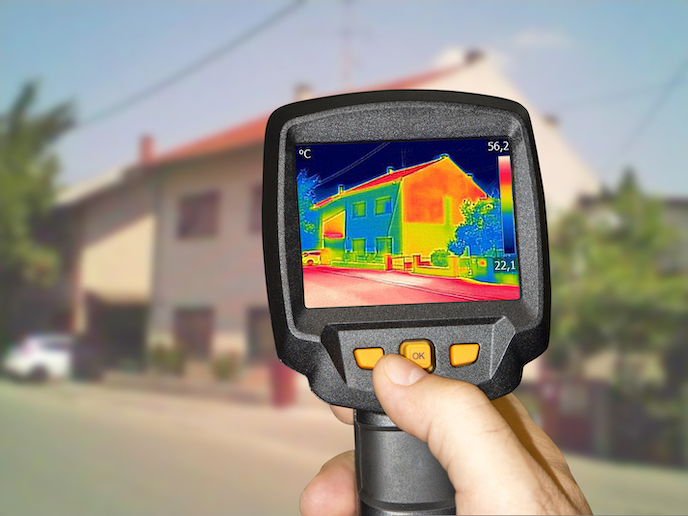Fire-resilient insulation foam will help Europe reduce carbon emissions
In line with Europe’s ambitious goals to reduce carbon emissions, building efficiency is one aspect which needs attention. Energy consumption from buildings accounts for a third of Europe’s CO2 emissions and heating represents 65 % of that. The European Commission has brought guidelines into force to improve energy efficiency of buildings by 32.5 % by 2030. From next year, newly constructed buildings will need to be classed as nearly zero-energy buildings, which are highly efficient regarding the use and waste of energy. Thermal insulation is a central component if we are to achieve this target. The materials currently exhibiting the best performance in thermal and acoustic insulation are polyurethane foams (PUR). These foams are widely used, and flexible, yet they are flammable and produce extremely toxic fumes when they are burned. They are therefore deemed relatively unsafe and haven’t become the leading insulating material in European buildings. The EU-funded SAFE-PUR project has designed new bio-based insulation foams, which offer the same insulation properties but with far higher levels of safety. SAFE-PUR foams can be sprayed or injected into buildings, as well as being used as sheets and panels. Compared to other PUR foams, SAFE-PUR reduces flammability, the spread of fire, smoke emissions and the toxicity of fumes. “SAFE-PUR aims to deliver the most energy-efficient insulation system for the thermal envelopes of buildings and houses. And we are setting out to do so by using a low-carbon footprint bio-based Polyurethane (bioPUR) foam. This also greatly improves fire safety over current polyurethane foams,” says Pablo R. Outón, founder and CEO at INDRESMAT, the project host. SAFE-PUR foams developed by the Netherlands-based company achieve remarkable statistics compared to regular PUR foams. “Flammability and fire propagation were effectively reduced by around 30 % and smoke emission and toxicity levels were reduced by more than 80 %,” notes Outón.
Greener and safer
The foams are bio-based, formulated from commercially available raw materials derived from C5 cellulosic sugars and natural oil-derived raw materials like soy, castor and rapeseed. This makes the construction process both more sustainable and environmentally friendly. According to the project team, the carbon footprint is reduced by up to 70 % compared to competitor foams. The use of harmful chemicals, foaming agents, noxious stabilisers and a whole range of toxic additives normally used in PUR foams has been avoided. This further reduces the potential environmental impact and lowers overall risks to human health. “SAFE-PUR will increase several standards in the construction market benefiting society and environment,” adds Outón.
From development to commercialisation
The EU funding allowed the team to perform important research and development tasks, which has resulted in a European patent filing. The new bioPUR foams will be ready to market during Q2 2021 for spray-foaming, and available in Q4 2021 for panel insulation. The company is currently looking for early adopters and partners to develop different products with SAFE-PUR foams.
Keywords
SAFE-PUR, insulation, homes, efficiency, carbon footprint, toxicity, safe







